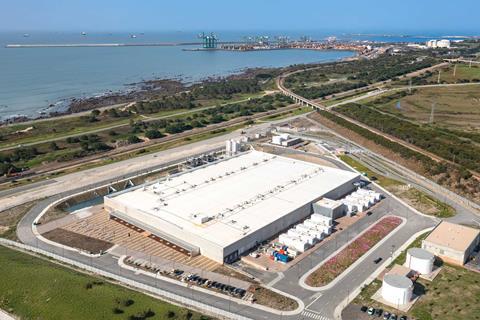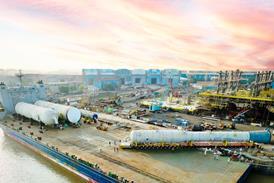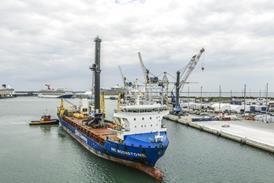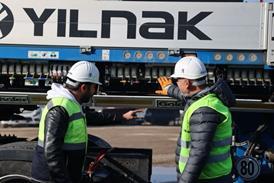Investment in data centres is surging at an unprecedented pace, and the global supply chain is rapidly mobilising to deliver the large-scale infrastructure needed to support this growth. As these facilities come online, a diverse and scalable energy mix will be essential to meet their rising electricity requirements.

Artificial intelligence (AI), cloud computing and a rising demand for computing capacity is driving investment in digital infrastructure, with hyperscalers Amazon, Google, Microsoft and Meta racing to build mega data centres that support the next generation of development. North America, Europe and Asia-Pacific are seeing the greatest expansion, with billion-dollar projects planned or under way.
Forecasts suggest continuing growth. Analysis from McKinsey & Company suggests that global demand for data centre capacity could grow at an annual rate of between 19 and 22 percent from 2023 to 2030, with annual power demand reaching 171-219 GW. A less likely yet still possible scenario sees demand rising by 27 percent to reach 298 GW. To avoid a deficit, at least twice the data centre capacity installed since 2000 would have to be built in less than a quarter of the time.
As the scale and complexity of these developments increase, so too do the associated risks. Recognising this, professional services firm Aon recently launched a data centre lifecycle insurance programme (DCLP) – a proprietary multi-line insurance facility designed to help clients manage risk across every stage of data centre development and operations.
The DCLP provides up to USD1.5 billion in coverage for construction all-risks, delay in start-up, and operational property damage or business interruption. It includes up to USD400 million for construction cyber physical damage, up to USD100 million in third-party liability (excluding US exposures), and USD500 million for project cargo and transport insurance.
The rapid growth in digital infrastructure is also placing intense pressure on the energy sector. According to the International Energy Agency (IEA), electricity demand from data centres, AI, and cryptocurrencies could more than double between 2022 and 2026 – from roughly 460 terawatt-hours (TWh) to over 1,000 TWh globally. AI is expected to be a major contributor, with model training and inference requiring exponentially more computing power than conventional applications.
To keep pace, a scale-up of global power generation and transmission is already in motion. While most data centres still rely on traditional grid connections, many operators are investing in localised or onsite power systems to enhance reliability and ease grid constraints. Renewable sources – particularly wind and solar – along with flexible natural gas generation are expected to lead the charge due to their cost-efficiency and scalability.
Hyperscale companies are increasingly securing long-term power purchase agreements (PPAs) with renewable energy providers to guarantee clean, consistent supply while meeting sustainability targets. Microsoft aims to be carbon negative by 2030, while Google has committed to operating entirely on carbon-free energy by the same year. These ambitions are accelerating renewable energy development across key regions.
At the same time, grid operators and utilities are investing in infrastructure upgrades to support the growing load – especially in major data centre hubs such as Northern Virginia, Dublin, Frankfurt, and Singapore. Battery energy storage systems (BESS) and grid-interactive technologies are also being deployed to improve resilience and support intermittent renewable output.
Importantly, AI is not only driving energy demand, it’s also enhancing energy sector performance, the IEA noted. AI tools are already being used to forecast demand, optimise grid operations, and monitor the health of renewable assets in real time.
Overall, to meet projected data centre demand by 2030, gigawatt-scale energy infrastructure must be developed across multiple regions at record speed.














